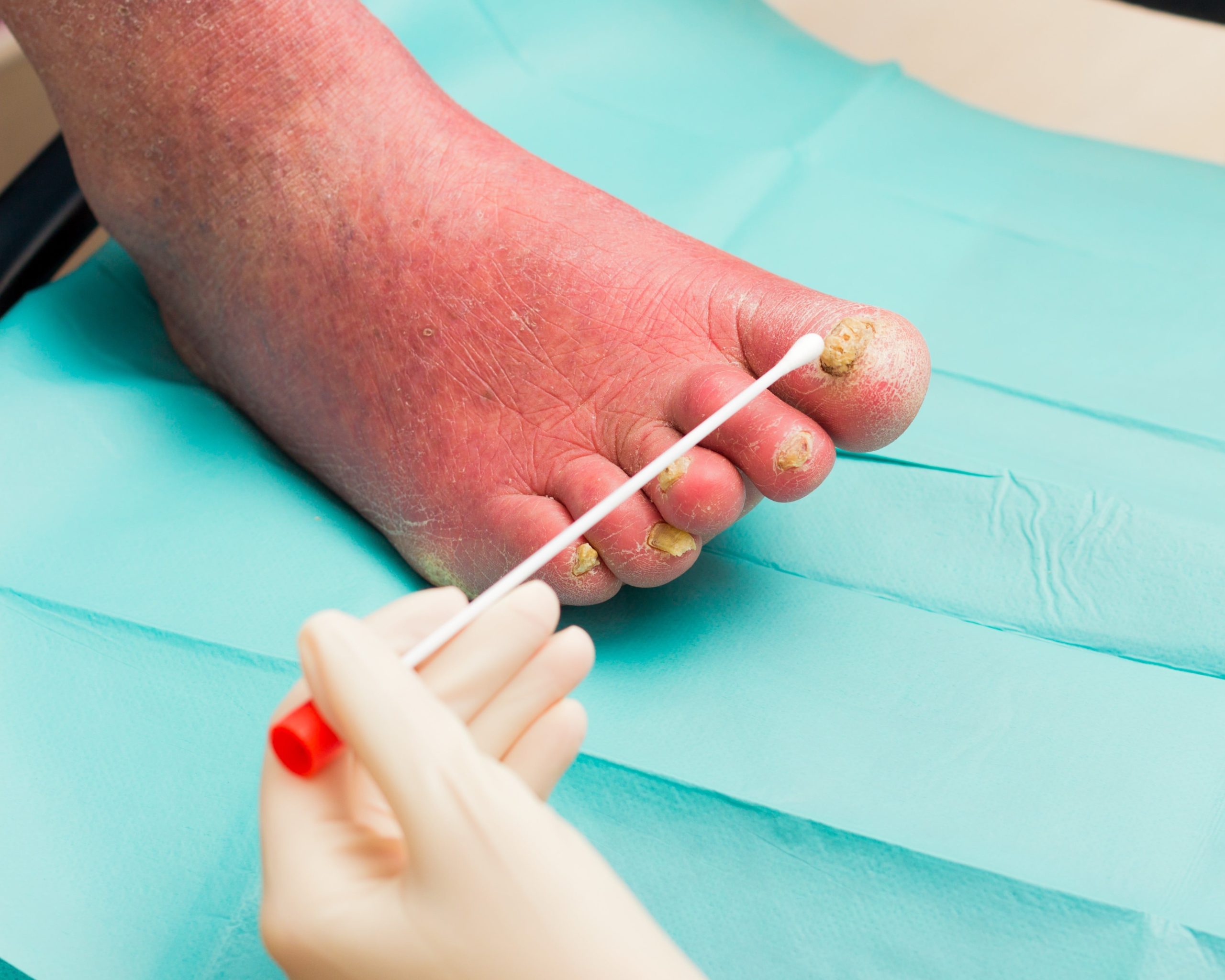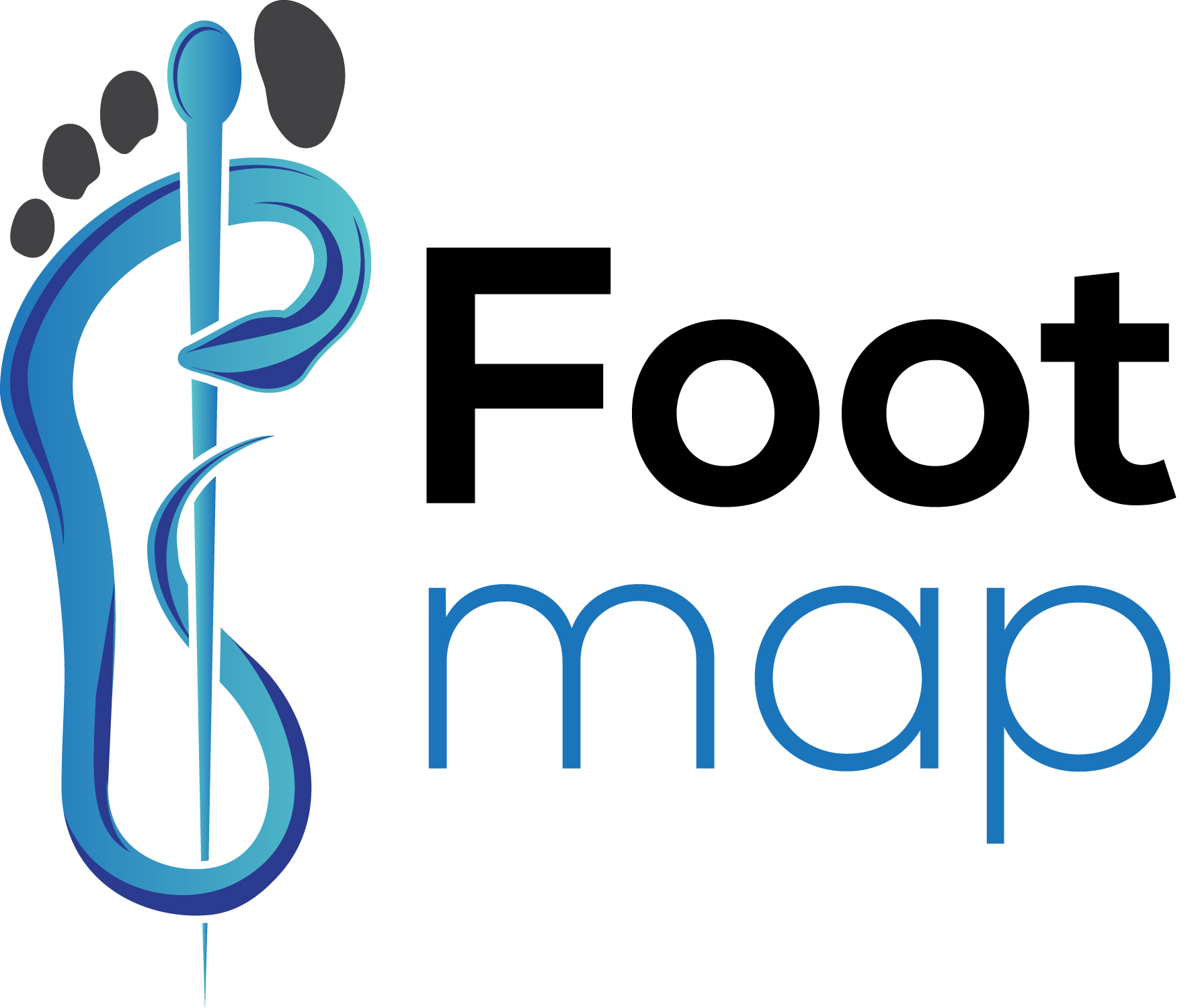Fungal Nail Treatment
 Fungal infection of toenails is referred to as onychomycosis. It is most commonly caused by dermatophytic fungi which can cause toenails to crumble, or become distorted and discoloured or cause them to thicken or crack. This is the same fungi responsible for athletes foot. Untypically nail infection may be caused by usually yeasts (eg. Candida) and moulds These pathogens tend to attack nails that are already damaged.
Fungal infection of toenails is referred to as onychomycosis. It is most commonly caused by dermatophytic fungi which can cause toenails to crumble, or become distorted and discoloured or cause them to thicken or crack. This is the same fungi responsible for athletes foot. Untypically nail infection may be caused by usually yeasts (eg. Candida) and moulds These pathogens tend to attack nails that are already damaged.
Fungal nail infections are highly contagious and can be transmitted in areas such as changing rooms and swimming pools. Contaminated nail clippers and emery bords in nail bars with poor disinfection regimes’ can also spread infection. Sharing towels, socks and bed sheets can also promote this infection.
Although nail infections can attack both finger and toe nails, the warm moist environment within ones shoes make it a better environment for the fungus to get a toe-hold. The whole of the nail is vulnerable to this infection however 85% of fungal nail infections occur under the nail plate, on the nail bed.
Nail infections can affect anyone however there is a greater chance of developing it if you :
- Have Diabeties
- Have cold toes with poor blood circulation.
- Have immunodeficiency
- Are over the age of 65
In most cases, fungal infection of toenails are not painful however untreated infections can lead to permanent nail damage and a type of bacterial skin infection called cellulitis.
Fungal-infected toenails were first codified by Dr Georg Meissner almost 200 years ago and since then a huge range of products to manage this infection have come into and out of fashion, including :
Snakeroot extract, Tea tree oil, Vicks vapour rub, Oregano oil, Sunflower oil, Listerine, Olive leaf extract, Garlic…. these and many other over the counter options may work however we tend to use amorolfine nail lacquer and tioconazole nail solution. To ensure these reagents reach the deeper parts of an infected nail the regular removal of the infected nail material forms part of the treatment plan. Continual care for a period of 4 to 12 months may be needed before a positive response is noted. The cure rate using just these topical agents alone is approximately 30% however we have found that the combined use with Abisin (NCR) laquer improves this figure.
Self care
Keep your nails short, dry, and clean. use one nail clipper for the infected nails and another for the non-infected ones.
Don’t forget to treat any athletes foot as well as your nails
Avoid cutting the cuticle or damaging the skin around the nail area.
Wear well-fitting breathable shoes, without high heels or narrow toes.
Other treatments
Laser treatments and photodynamic therapy is also available. Although these therapies are statistically less effective than the other treatments we offer, they can be effective in some cases.
Practitioner
Your practitioner will analyse the infection and will decide on the best course of treatment.
Medical history will be taken and treatment will be carried out on the same day.
Appointment
If a topical laquer is prescribed then this will need to be applied regularly as advised
Treatment
A regular five-six week follow up appointment will be made to determine the efficacy of treatment and determine the next step.
Regular follow-up treatment will be needed for 4—12 months.
Treatment
Practitioner
Your practitioner will analyse the infection and will decide on the best course of treatment.
Medical history will be taken and treatment will be carried out on the same day.
Appointment
If a topical laquer is prescribed then this will need to be applied regularly as advised
Treatment
A regular five-six week follow up appointment will be made to determine the efficacy of treatment and determine the next step.
Regular follow-up treatment will be needed for 4—12 months.
